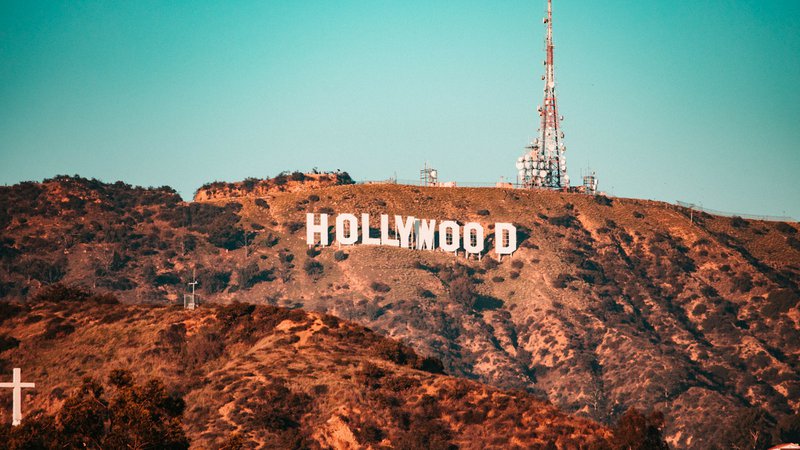Diversity and Inclusion in Hollywood: Progress and Challenges in 2024
In recent years, there has been a noticeable increase in the representation of marginalized groups in Hollywood. This progress can be seen through more diverse casting choices for lead roles, where actors from different ethnicities, genders, and backgrounds are being given opportunities to shine. Additionally, movies with diverse storylines and characters have gained significant success at the box office, proving that audiences are hungry for stories that reflect their own experiences.

Recognition of marginalized talent through awards and nominations is also on the rise. The industry is starting to acknowledge the contributions of actors, directors, writers, and other creatives from underrepresented communities by honoring them with prestigious accolades. This recognition not only celebrates their achievements but also paves the way for future generations to aspire to similar successes.
It is crucial to emphasize the importance of diverse storytelling for a global audience. By accurately representing the true diversity of society on screen, Hollywood can connect with audiences from different backgrounds. This connection fosters empathy, understanding, and social change by allowing viewers to see themselves reflected in narratives that go beyond traditional stereotypes.
However, despite these positive developments, there are still significant challenges faced by underrepresented communities in the industry. One ongoing challenge is the lack of opportunities for actors, directors, and writers from marginalized backgrounds. Limited access to resources often hinders talented individuals from breaking into mainstream Hollywood or securing projects that showcase their unique perspectives.
Stereotyping remains another hurdle as certain ethnicities or identities continue to be portrayed narrowly or inaccurately on screen. Breaking free from these stereotypes requires conscious efforts by filmmakers and studios to challenge preconceived notions while providing authentic representation.
Pay disparities between white actors and actors of color persist as well. While progress has been made towards pay equity within Hollywood's top earners' bracket (thanks largely due initiatives like Time's Up), there is still work left undone when it comes to ensuring fair compensation for actors from marginalized communities.
To create an inclusive Hollywood, continued efforts are necessary. Implementing diversity initiatives at all levels of production is crucial to ensure that underrepresented individuals have equal opportunities to excel in the industry. This includes improving access to training programs and mentorship opportunities for aspiring filmmakers from diverse backgrounds.
Supporting independent filmmakers from underrepresented communities is also vital. By providing resources, funding, and distribution platforms for their projects, the industry can help amplify diverse voices and stories that might otherwise go unheard.
Furthermore, studios must be encouraged to invest in diverse stories and talent. By greenlighting projects with inclusive narratives and actively seeking out underrepresented talent both in front of and behind the camera, Hollywood can take significant steps towards becoming a more inclusive and reflective industry.
In conclusion, while there has been progress in terms of diversity and inclusion in Hollywood, there are still significant challenges that need to be addressed. By continuing to promote diverse storytelling, implementing initiatives at all levels of production, supporting independent filmmakers from marginalized communities, and encouraging studios to invest in inclusivity, we can work towards creating a truly inclusive Hollywood that represents the rich tapestry of our society.